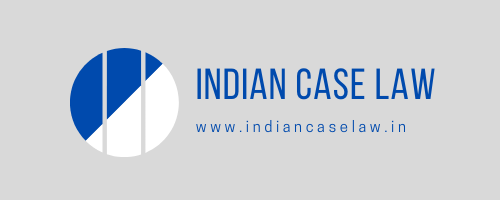Copyright in a Photograph: Protection and Infringement
How do I protect my copyright in a photograph?
Owning a camera does not mean that you will have copyrights in the photographs produced by it. The ownership of a photograph can be with other individuals as well, if the photograph is taken in the course of employment, under a contract of service, apprenticeship, for a valuable consideration (fee) (“Exceptions“), unless you have signed a contract with the other party saying otherwise.
However, if you are not covered by the above Exceptions, and still own the copyright in a photograph, we have the following suggestions to make, to ensure better protection of your copyrights :
- use the © symbol on the photograph;
- use your name/ watermark on the photograph, wherever possible;
- maintain digital records of the photograph (metadata, EXIF) which provides relevant details of creation;
- keep all communications (email, texts, contracts, etc.) pertaining to your photograph and its sharing, handy;
- use a disclaimer saying, “Copyright Protected. All Rights reserved” along with the year of first publication of photograph; and
- do not forget to change the metadata settings of the camera, to register your name in it, when you borrow a friend’s camera or take any camera on rent.
Metadata is very crucial text information embedded into an image file or contained in a separate file that is associated with the image. It includes all relevant details pertaining to the image, as well as information about its production.
What can be considered as copyright infringement of my photograph?
As per Section 51 of the Copyright Act, 1957, any violation of the rights of author/owner of a photograph as mentioned below, will amount to copyright infringement:
- To reproduce and store the same in any material form, including:
- Store it in any medium by electronic or other means;
- Depicting in 3D of 2D; or
- Depicting 2D of 3D
- To communicate the photograph to the public.
- To issue copies (distribution) of the work to the public not being already in circulation.
- To include the work in any cinematograph film
- To make any adaptation of the work (rearrangement or alteration)
- To do in relation to adaptation of the work any of the acts specified in relation to the work in points 1. to 4.
Additionally, even permitting a place to be used for communication of the photograph to the public (where such communication constitutes copyright infringement) would amount to copyright infringement. However, this rule would not apply, if the person who owns the place was not aware, and had no ground to believe that such communication would be an infringement.
Further selling or exhibiting the photograph for trade is also not permitted under copyright law of India.
What are the criminal offences under the Indian Copyright Act, 1957?
| Description | Penalty | |
| Section 63: Intentional infringement or abetment of the infringement of the copyright in a work. | Imprisonment for a term which shall not be less than six months and may extend to three years and with fine which shall not be less than fifty thousand rupees but which may extend to two lakh rupees. | |
| Section 63(B): If you knowingly use an infringing copy of a computer programme (e.g., Adobe) on your computer. | Imprisonment for a term which shall not be less than one year but which may extend to three years and with fine which shall not be less than one lakh rupees but which may extend to two lakh rupees. | |
| Section 65(A): If you circumvent an effective technological measure applied for the purpose of protecting copyright, with the intention of infringing such rights. | Imprisonment which may extend to two years and shall also be liable to fine. | |
| Section 65(B): If you knowingly remove or alter any rights management information without authority. | Imprisonment which may extend to two years and shall also be liable to fine. |
As these offences are punishable with imprisonment of less than three (3) years or with fine only, they are non-cognizable and bailable offence, triable before any Magistrate Court.
What is the criteria to file a criminal complaint before Police on the above offences?
There are three kinds of proof that will be checked while registering a complaint: (a) proof of authority to file complaint; (b) proof of current holder of right and (c) evidence of infringement.
If you are a licensee or assignee, you need to submit a copy of the license/ assignment agreement as original right holder.
When can your photograph be used without your consent by someone, without any copyright infringement?
Your photograph can be used without your consent by another person only for the purpose of teaching/research, review, legislative and judicial proceedings, as such usage fall under the ‘fair use’ exception.
Authors: Vivek Verma & Ankit Rastogi
